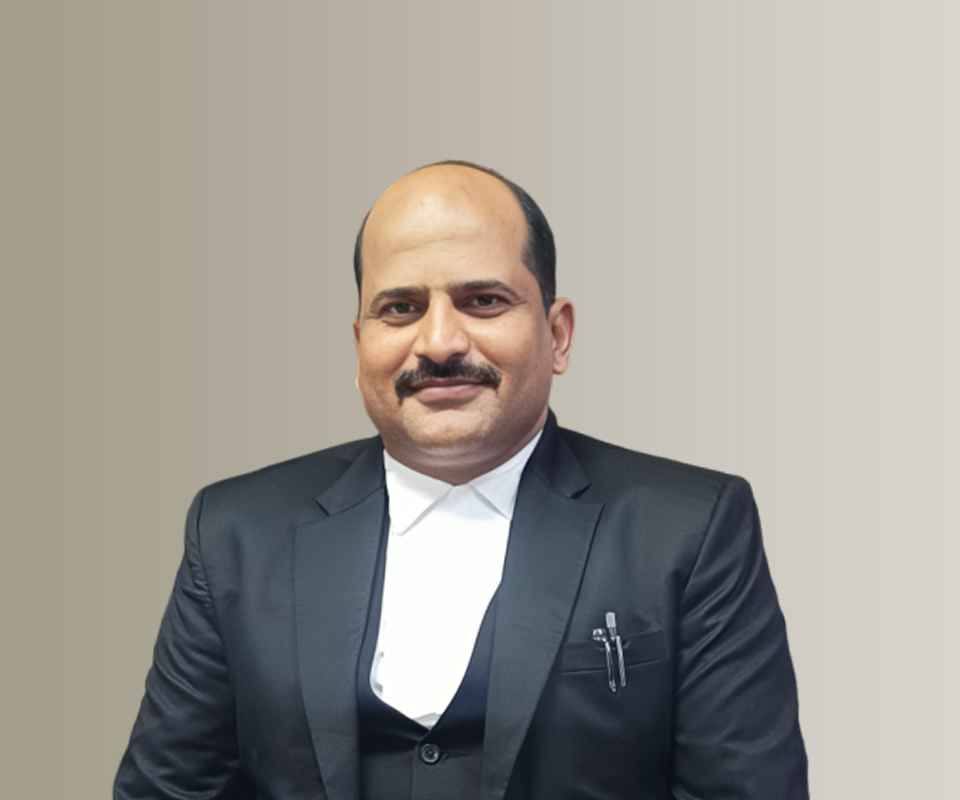Answer By law4u team
Judges of the Supreme Court of India are appointed as per the procedure laid down in the Constitution of India, primarily under Article 124. The appointment process involves a combination of constitutional provisions, judicial interpretations, and conventions developed over time—especially the Collegium System. Here is a detailed explanation of how the judges of the Supreme Court are appointed: 1. Constitutional Provision (Article 124): According to Article 124(2) of the Indian Constitution: Every judge of the Supreme Court shall be appointed by the President of India. The President shall consult the Chief Justice of India (CJI) and such other judges of the Supreme Court and High Courts as deemed necessary. However, over time, the Supreme Court itself interpreted this provision to ensure judicial independence through the Collegium System. 2. The Collegium System: This system was evolved through three landmark cases known as the Three Judges Cases. Under this system: The Collegium for appointing Supreme Court judges consists of the Chief Justice of India and the four senior-most judges of the Supreme Court. The Collegium recommends names for appointment as Supreme Court judges. These names are sent to the Ministry of Law and Justice, which processes them and forwards them to the President of India. The President can send the names back for reconsideration once. If the Collegium reiterates the same names, the President is bound to approve them. 3. Qualifications for Appointment (as per Article 124(3)): A person is eligible to be appointed as a judge of the Supreme Court if they: Are a citizen of India, and Have been a judge of a High Court (or two or more High Courts in succession) for at least five years, or Have been an advocate in a High Court (or two or more in succession) for at least ten years, or Are, in the opinion of the President, a distinguished jurist. 4. Appointment of the Chief Justice of India: Traditionally, the senior-most judge of the Supreme Court is appointed as the Chief Justice of India (CJI). This is based on convention, not a legal rule, though it has been consistently followed. 5. Role of the Executive: While the President formally appoints the judges, the role of the executive is limited under the Collegium system. The government can seek reconsideration, but if the Collegium reiterates its recommendation, it becomes binding. 6. Oath and Tenure: After appointment, a Supreme Court judge takes an oath administered by the President of India. The retirement age of a Supreme Court judge is 65 years. Conclusion: The judges of the Supreme Court are appointed by the President of India in consultation with the judiciary through the Collegium System, which is meant to preserve judicial independence and ensure merit-based selection.









